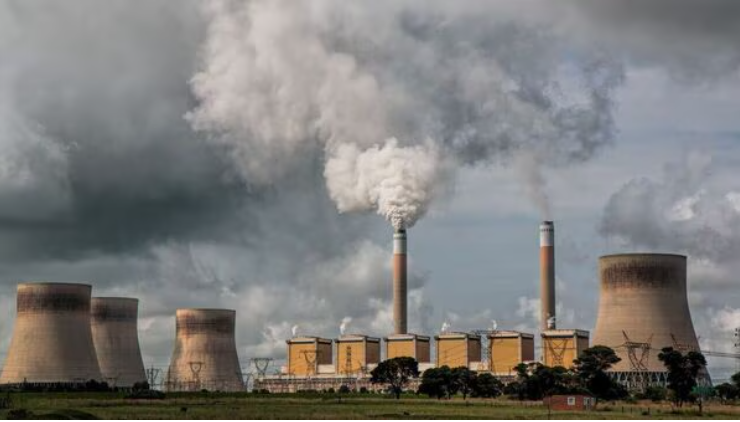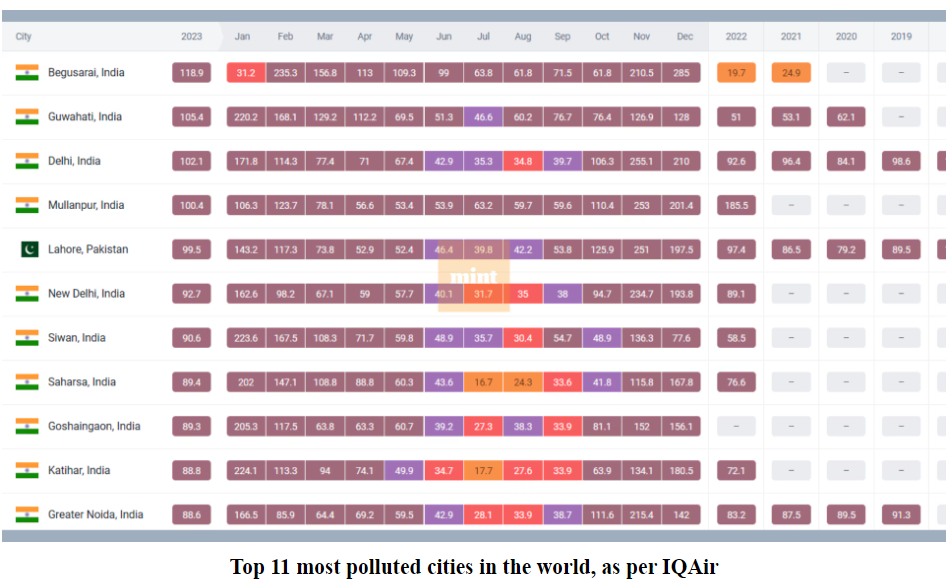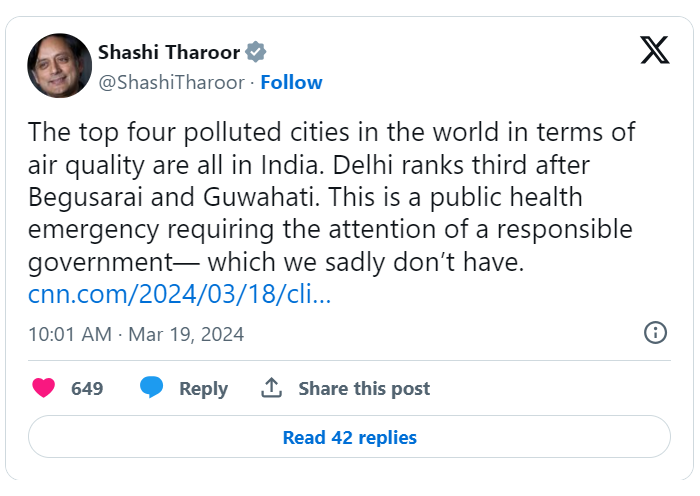Delhi has become the world’s most polluted capital city again, according to the World Air Quality Report 2023 by Swiss organisation IQAir.

India has emerged as the world’s third most polluted country. In 2023, India’s air quality, with an average annual PM2.5 concentration of 54.4 micrograms per cubic metre, was better than only two countries – Bangladesh and Pakistan, according to the World Air Quality Report 2023 by Swiss organisation IQAir.
Bangladesh had 9.9 micrograms per cubic metre while Pakistan had 73.7 micrograms per cubic metre. These two, among 134 countries, beat India to become the most polluted and the second most polluted country in the world, respectively.
In the previous year, India ranked much lower at the eighth position. In 2022, India had an average PM2.5 concentration of 53.3 micrograms per cubic metre.
Meanwhile, Bihar’s Begusarai was termed the world’s most polluted metropolitan area. It had an average PM2.5 concentration of 118.9 micrograms per cubic metre. Interestingly, the state’s financial capital did not make it to the 2022 list.
Delhi, on the other hand, became the capital city with the poorest air quality, according to the IQAir report. Delhi’s PM2.5 levels worsened to 92.7 micrograms per cubic metre in 2023. It was 89.1 micrograms per cubic metre in 2022. This is the fourth consecutive time Delhi has emerged as the world’s most polluted capital city.
Ten out of the top 11 most polluted cities in the world are from India, the other being Lahore in Pakistan.

Veteran Congress MP Shashi Tharoor has called it a “public health emergency requiring the attention of a responsible government”.

WHO’s recommended levels
Around 136 Indian citizens face PM2.5 concentrations higher than the recommended levels as marked by the World Health Organisation (WHO). The WHO has set the annual guideline level at 5 micrograms per cubic metre, the report added.
About 96% of the Indian population face PM2.5 levels levels that are seven times higher than the recommended levels. Over 66% of Indian cities have reported annual averages higher than 35 micrograms per cubic metre.
Article Credit: livemint